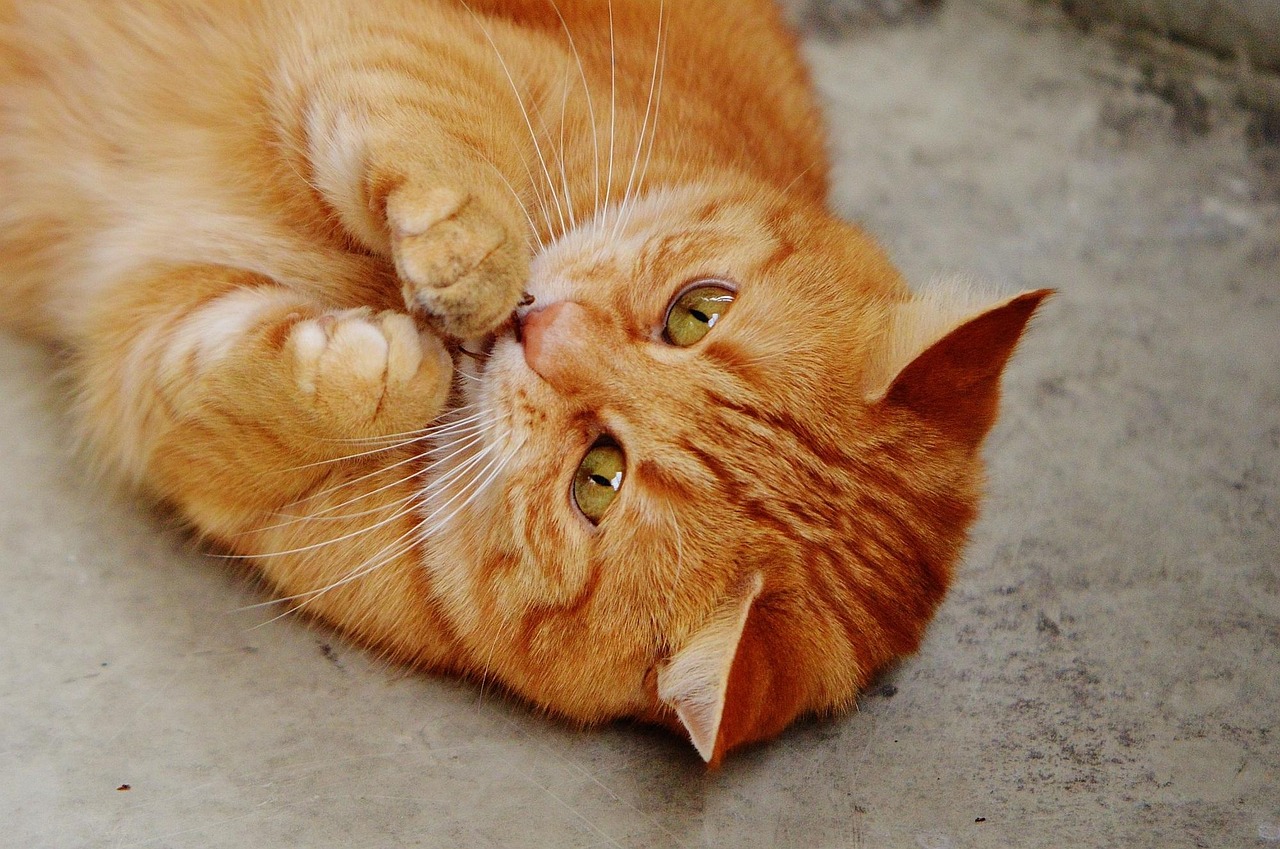Why Keeping an Eye on Your Cat’s Health Matters
Cats are masters at hiding illness, an inherited trait from their ancestors that lived in the wild. This natural ability may make it difficult for even the most observant pet owner to detect early signs of illness. Being aware of the Signs of a Healthy Adult Cat is important to every responsible owner who wants their feline companion to live a long, healthy, and active life.
In this in-depth guide, we will take you through the optimum signs of healthy adult cats, how to monitor them, and when to have words with your vet. We’ve included scientific sources and expert views so you’re in the know and looking after your cat.
1. A Shiny, Well-Groomed Coat
One of the earliest things that you will notice about a healthy cat is its coat. A shiny, soft, and well-coated cat is an excellent indicator of overall good health.
What Science Says
According to the Journal of Feline Medicine and Surgery, a glossy coat and good grooming mean that your cat is well-nourished and healthy inside. A dull coat, bald patches, or excessive shedding can be a sign of underlying issues like a poor diet, parasites, allergy, or hormonal imbalance.
Tip: If your cat suddenly stops grooming, it could be a sign that it is in pain, stressed, or unwell.
2. Normal Appetite and Correct Weight
A healthy adult cat has a steady weight and is eager to eat. Sudden changes in appetite to eating too much or too little are generally the first indication of illness.
Key Points:
- Healthy Weight Range: Depending on the breed, but the majority of domestic shorthairs weigh 8–10 pounds.
- Body Condition Score (BCS): Use the 9-point scale developed by the World Small Animal Veterinary Association (WSAVA) to assess your cat’s body fat and muscle status.
Did You Know? Obese cats are more likely to develop diabetes, arthritis, and heart disease. Check-ups at the vet and measured portions are a must.
3. Bright Eyes and Clear Nose
Bright, clear eyes with no discharge are typical of a healthy cat. Similarly, a clean nose and no crust or excessive sneezing are good indicators.
Red Flags:
- Cloudy, colored, or watery eyes
- Nasal discharge or persistent sneezing
These are indicators of upper respiratory infections, conjunctivitis, or other issues that require veterinary attention.
Source: Cornell Feline Health Center reports that eye and nose symptoms are typical indications of viral diseases like feline herpesvirus (FHV-1).
4. Active and Alert Behavior
Although cats sleep as much as 16 hours a day, they must remain alert at times, playful, and curious.
Signs of a Happy, Healthy Cat:
- Vocalizing in response to your voice
- Investigating the environment
- Playing with toys or engaging with family members
⚠️ Warning Sign: Withdrawal, irritability, or lethargy might be a sign of discomfort, depression, or ill health.
5. Regular Normal Litter Box Behaviors
Regular observation of your cat’s toilet habits is advisable. A healthy cat will urinate 2-3 times a day and defecate daily.
Things to Look Out For:
- Straining when urinating or passing stool
- Bicolor urine or feces
- Frequent visits to the bathroom several times a day with no success
These could be signs of urinary tract infections, kidney disease, or constipation—all of which require urgent veterinary care.
Statistic: According to the American Association of Feline Practitioners (AAFP), urinary issues are among the leading causes adult cats go to see their veterinarians.
6. Fresh Breath and Clean Ears
Healthy cats have clean ears with minimal wax buildup and no odor. Their breath shouldn’t be overpoweringly bad.
Common Issues:
- Ear mites or infection (typically with head shaking or scratching)
- Bad breath caused by dental disease or oral ulcers
Expert Insight: The American Veterinary Dental College ensures to emphasize the point that if left untreated, dental disease can lead to serious systemic diseases, including heart and kidney disease.
7. Strong Musculature and Good Mobility
A healthy adult cat walks smoothly, jumps easily, and is not stiff or reluctant to climb.
Signs of Trouble:
- Difficulty using the litter box or climbing stairs
- Limping or limping on one leg
These are signs of arthritis, injury, or neurological issues.
Research Reference: A 2021 study published in Veterinary Sciences found that musculoskeletal disorders affect over 30% of cats over 8 years old, so mobility checks are important.
Even if your cat seems healthy, regular vaccinations and parasite control are necessary aspects of well-being.
Recommended Vaccines:
- Rabies
- FVRCP (feline viral rhinotracheitis, calicivirus, panleukopenia)
- Feline leukemia virus (FeLV) for outdoor cats
Best Practice: Schedule semiannual wellness check-ups with your veterinarian, especially for cats 7 and older.
Stay Vigilant and Proactive
Recognizing the indicators of a healthy adult cat empowers you to provide the best possible care. Cats are independent creatures, but they rely on us to monitor their health and respond when something is wrong.
By being informed, observing your cat’s daily habits, and maintaining regular vet visits, you can recognize potential problems in their earliest stages and give your feline friend the longest, healthiest life possible.
Final Thoughts
Your cat relies on you to advocate for them. Learning the health signs of a healthy adult cat and understanding when something is not right is an important step you can take toward maintaining their lifetime health.
Yuns Legdm is a passionate advocate for pet care and the founder of this website, dedicated to providing valuable information for fellow pet lovers and veterinary professionals worldwide. With a deep love for animals, Yuns created this platform to connect passionate pet owners with expert insights from veterinarians around the globe.
This website grows with you—the passionate pet owners and veterinary experts—creating a trusted space where knowledge, experience, and love for animals come together. Whether you’re seeking advice on pet health, nutrition, or general well-being, this platform is here to support you on your journey of responsible and loving pet care.





